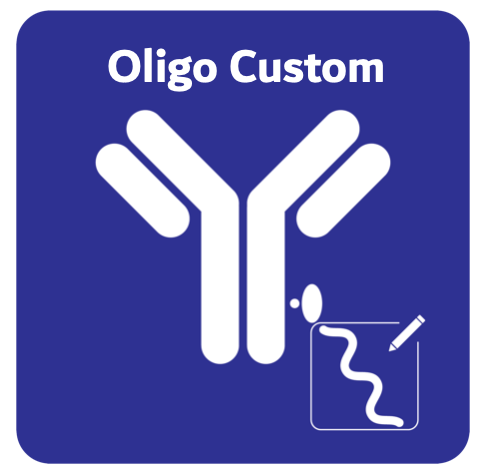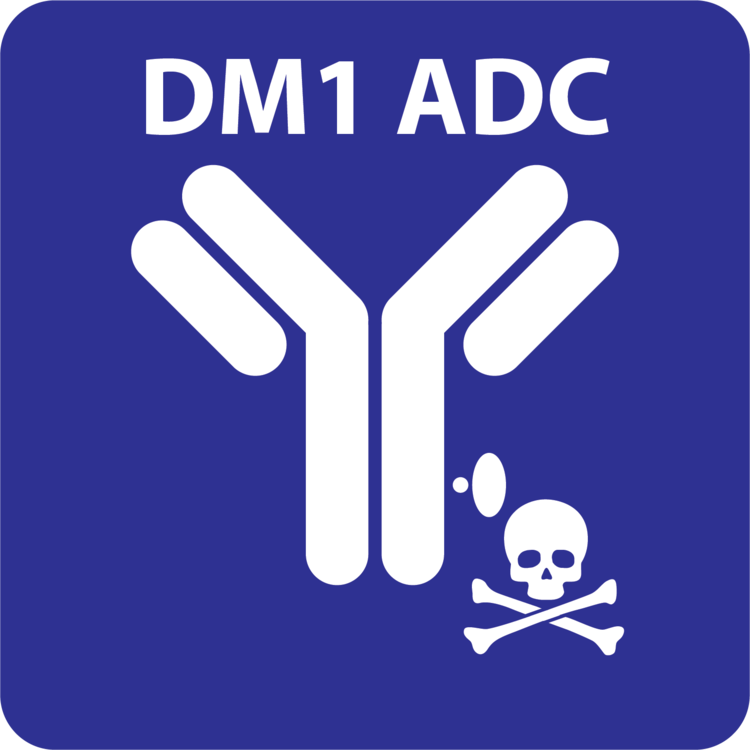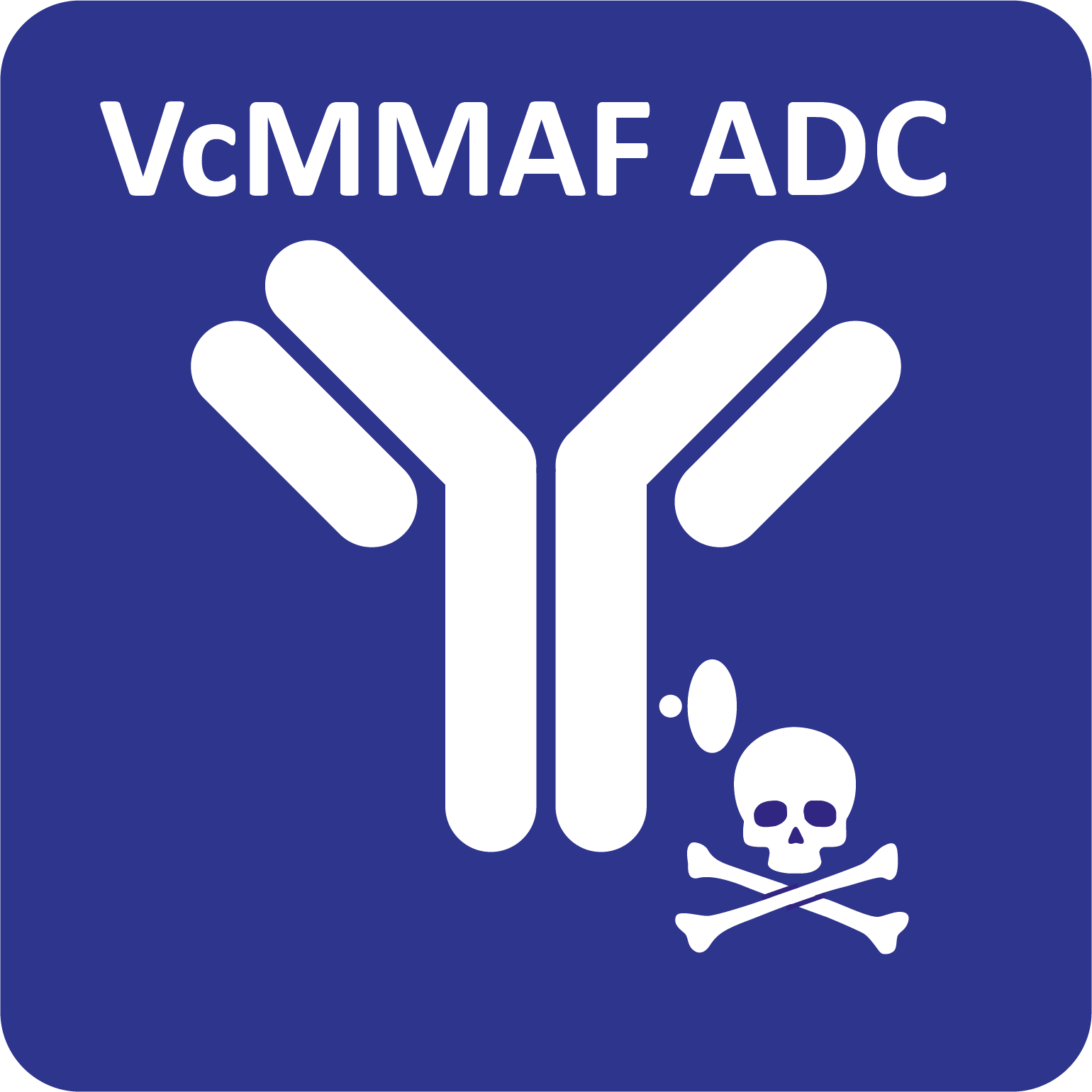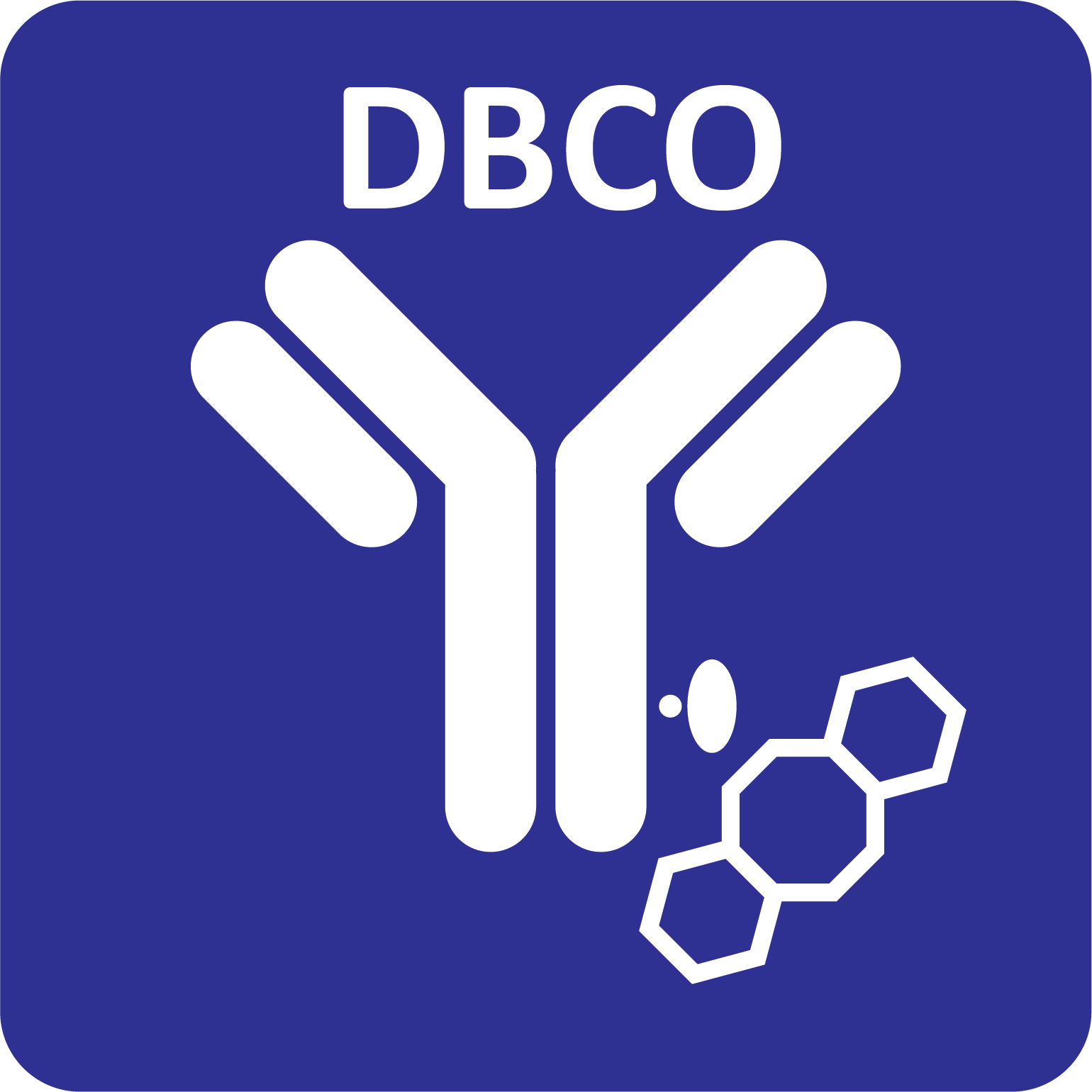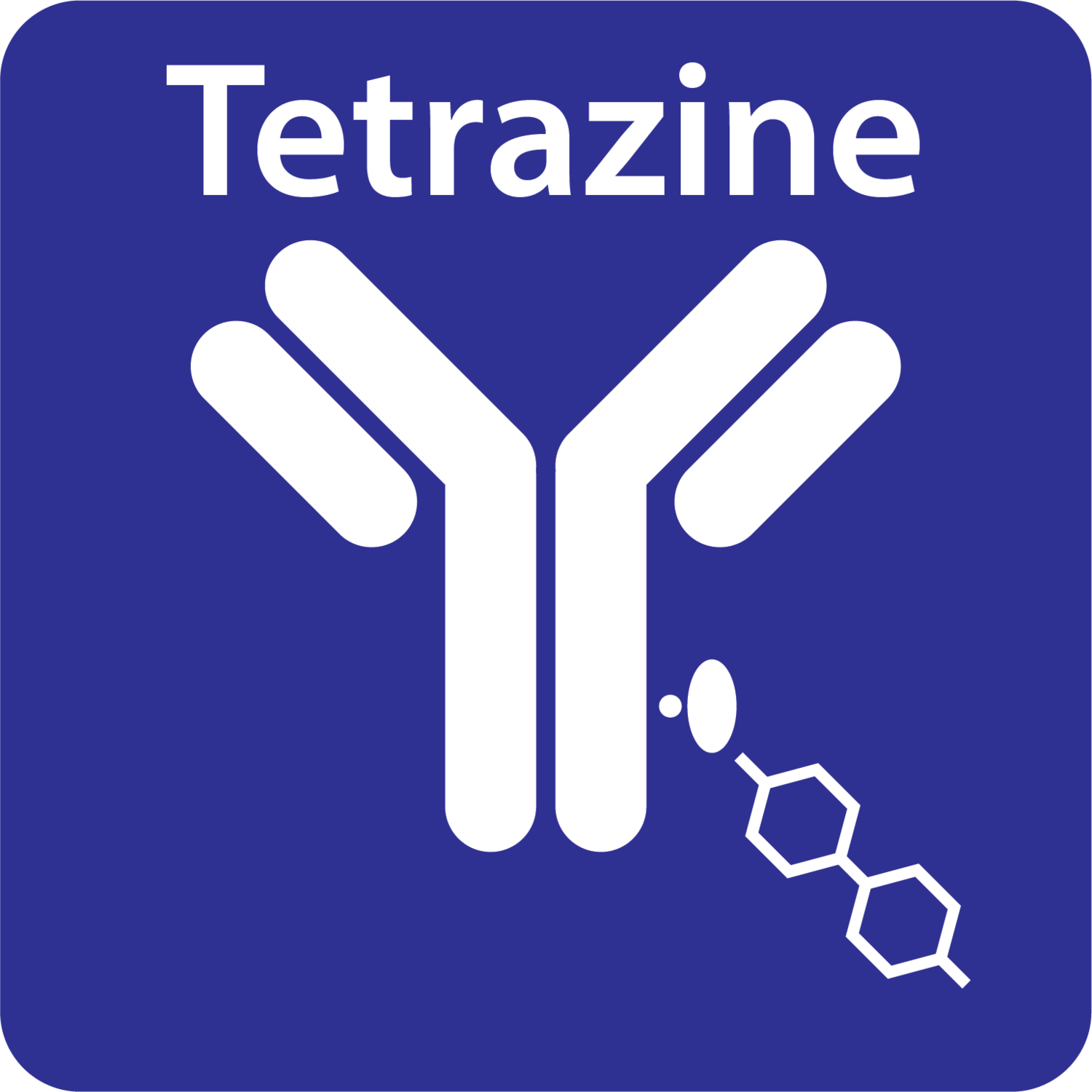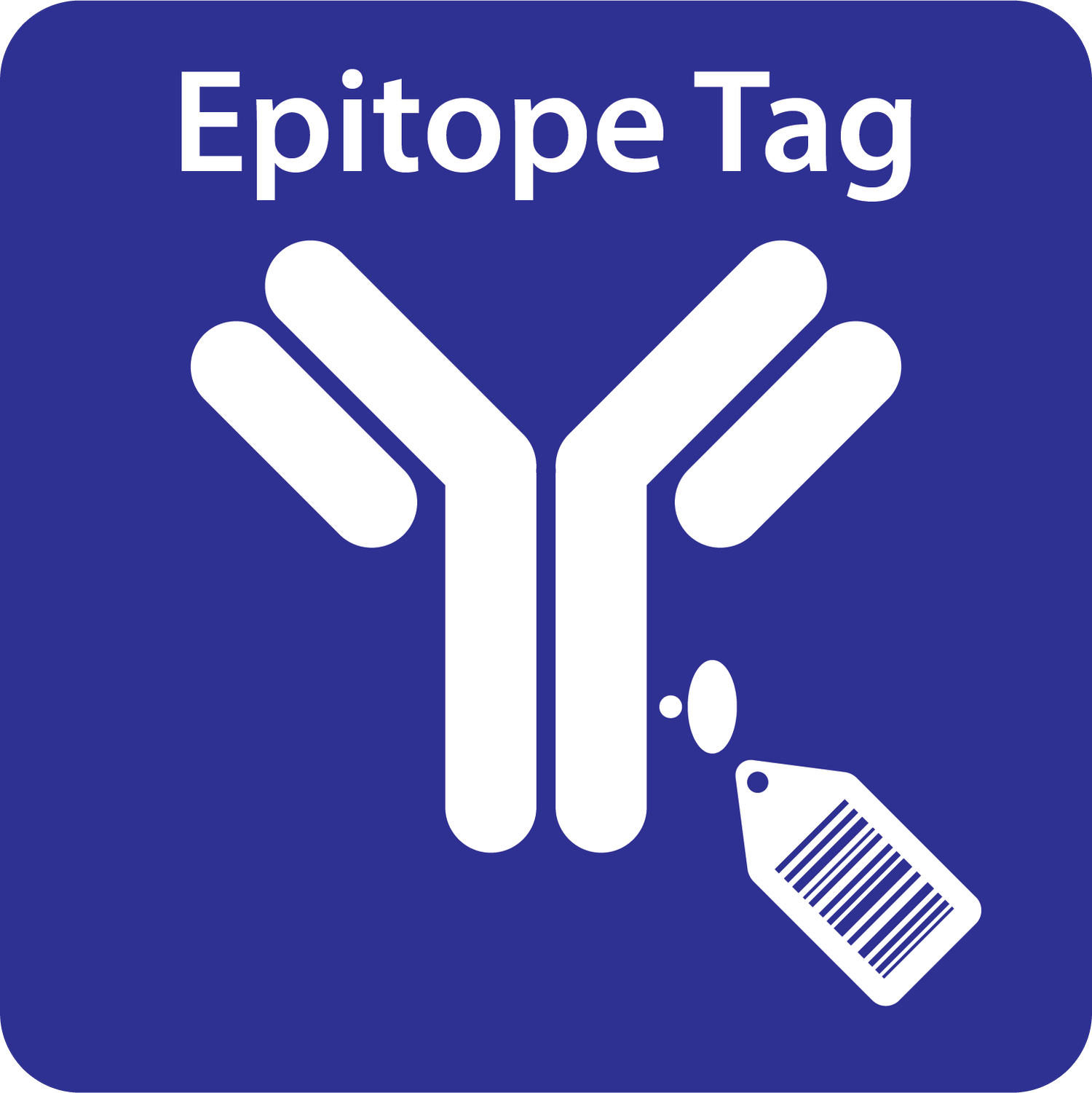Your cart is currently empty!
NIH/NIBIB Phase II Grant — R44-EB023750B (PI: Yu) — 08/18 – 07/20
This Phase II NIH/NIBIB Grant was awarded to continue development of the Grant R41-EB023750A awarded to AlphaThera in 04/17. The goal of the project is to demonstrate that the site-specific immobilization of full-length antibodies onto a microplate surface results in an improvement in the lower detection limit of an ELISA assay. All milestones of the initial grant were completed and thus this grant was awarded. The Phase II Grant will help AlphaThera work toward commercialization of the products serving as tools for the site-specific labeling and immobilization of antibodies for immunoassays.
Abstract
Antibodies, most commonly Immunoglobulin Gs (IgGs), are widely used in research and diagnostic assays due to their wide array of targets, high specificity and proven efficacy. In nearly all “immunoassays”, antibodies serve multiple functions including capturing antigens onto a solid support and associating a reporter system with the captured antigen, so that it can be detected. In both contexts, the functionality of the antibody is highly dependent on how it is immobilized and/or labeled. For example, the sensitivity, stability and longevity of immobilized antibodies is highly dependent on their orientation. Similarly, the labeling of antibodies with reporter enzymes and fluorescent dyes is highly dependent on the placement of these labels. Imprecise conjugation methods can result in heterogeneous samples, poor reproducibility, and sub-optimal performance. Therefore, there has been a movement towards the development of site-specific bioconjugation techniques, which allow for precise labeling of antibodies at pre-defined locations.
Despite the enormous benefit of using site-specific antibody labeling techniques, they are rarely adopted in commercial immunoassays due to the complexity and economic hurdles associated with these techniques. Recently, we developed a simple, rapid, and efficient approach to site-specifically and covalently immobilize native IgG on surfaces and/or to site-specifically label antibodies with enzymes, fluorescent dyes, or other chemical moieties. Our approach relies on photoreactive antibody-binding domains (pAbBDs). The use of pAbBDs is cost-effective, easily scalable, amenable to high-throughput processes, and utilizes protein production techniques that are commercially viable. A primary goal of this SBIR Phase II application is to expand the array of pAbBD products for immunoassay applications.
While current immunoassay formats have proven invaluable in research and in clinical diagnostics, they remain quite laborious and time consuming, involving multiple washing and incubation steps. This prompted us to utilize our pAbBDs to create a homogeneous assay for sensitive antigen detection that can be completed in a single step, with no washing – just mix and read. As part of this application, we also plan to further expand this product line. The specific aims for the proposal are as follows: Aim 1: Create pAbBDs that can be used to site-specifically immobilize antibodies on various surfaces; Aim 2: Combine pAbBDs with various bioluminescent, colorimetric and fluorscent reporter systems; and Aim 3: Create additional pAbBD constructs for use in homogeneous antigen detection assays.

